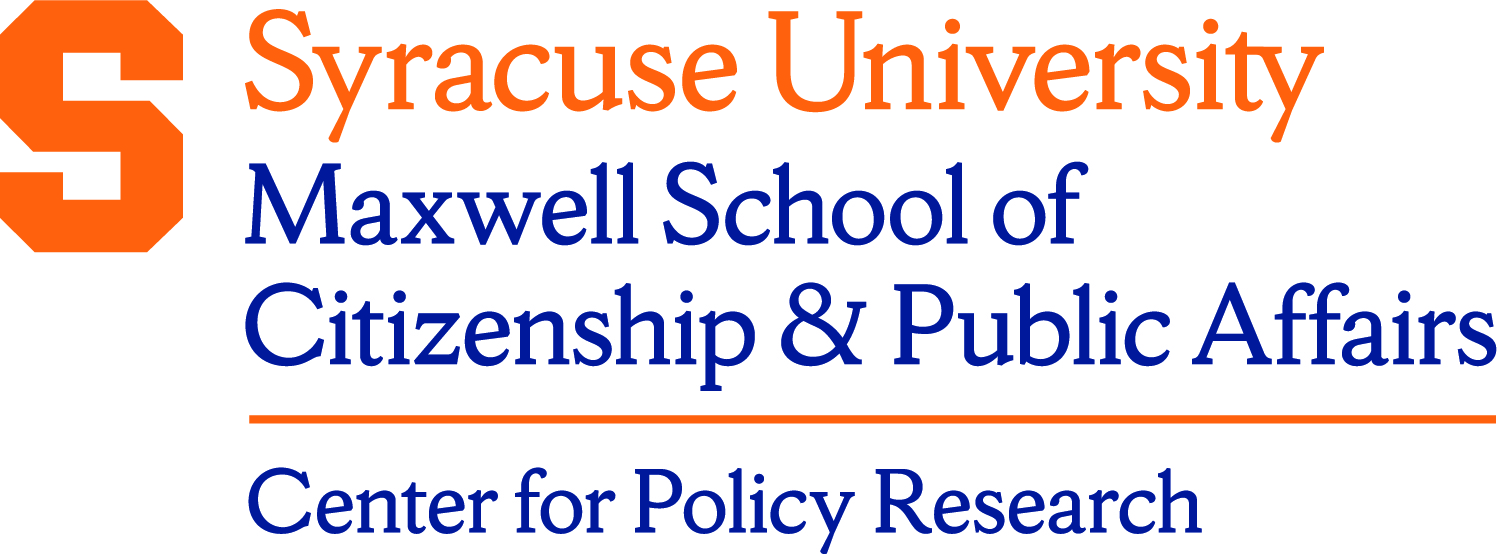Description/Abstract
In June 2003 the New York State Court of Appeals altered the education-finance landscape with its ruling in Campaign for Fiscal Equity v. New York. This ruling called for “[r]eforms to the current system of financing school funding” designed to ensure “that every school in New York City would have the resources necessary for providing the opportunity for a sound basic education.” This ruling addressed a wide range of issues, but also declared that “the funding level necessary to provide City students with the opportunity for a sound basic education is an ascertainable starting point.” This policy brief addresses the question: How can this funding level be determined? Any calculation of the cost of a “sound basic education” must begin with a definition of this term, that is, with a decision about the educational standard every district is supposed to reach. This is a decision to be made by lawmakers, with input from the Court of Appeals. We begin with an overview of the issues that arise in making this decision, and then turn to the main concern of this policy brief, namely, how to calculate the cost of a sound basic education once it has been defined by lawmakers.
Document Type
Policy Brief
Date
2004
Keywords
educational finance, education policy, New York City public schools
Language
English
Series
Reports Series
Disciplines
Urban Education
Recommended Citation
Duncombe, William and Yinger, John, "Education Finance Reform in New York: Calculating the Cost of a 'Sound Basic Education' in New York City" (2004). Center for Policy Research. 15.
https://surface.syr.edu/cpr/15
Source
Metedata from RePec
Creative Commons License

This work is licensed under a Creative Commons Attribution 3.0 License.




